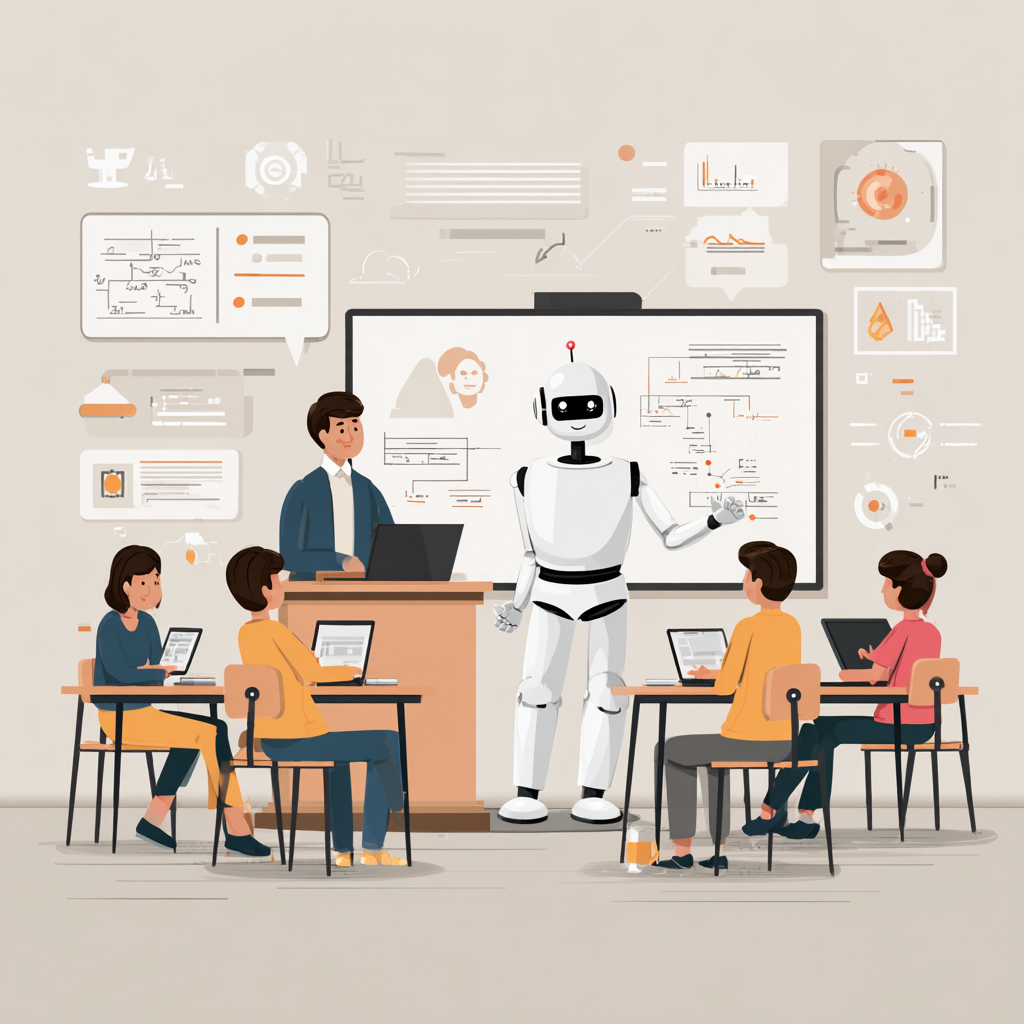
AI wave floods education
The use of artificial intelligence in the classroom is now as common as pencils and notebooks. Along with the excitement comes a host of questions about the safety, reliability and data responsibility of the new technology.
The nonprofit Common Sense Media, which helps parents navigate technology, has just released a risk assessment report on AI Teacher Assistants.
Unlike popular chatbots like ChatGPT, these tools - typically Google School or Adobe Magic School - are designed specifically for the school environment, helping to save time for teachers and improve student learning outcomes.
“Schools are asking: Are they safe, are they trustworthy, are they using data properly?” said Robbie Torney, senior director of AI programs at Common Sense Media.
Virtual teaching assistants and the risks of “invisible influence”
One of the most worrying findings in the report is a phenomenon known as “invisible influence.”
When AI tutors were tested with “code white” and “code black” names, results showed that the AI tended to respond more positively to the “code white” names, while the “code black” names received shorter, less supportive answers.
“Bias is very subtle. If you look at individual cases, you might not notice anything, but when you look at a large number of cases, it is very obvious,” Torney added.
Paul Shovlin, a lecturer at Ohio University, warns that the companies that develop AI tools themselves may also bring their own biases.
“If the development team lacks diversity, those biases will 'permeate' into the algorithm,” he said.
Trust technology, but with limits
Emma Braaten, Director of Digital Learning at the Friday Institute for Educational Innovation (North Carolina State University), advises schools to carefully review terms of use and data privacy.
Many teachers blindly trust familiar platforms, forgetting that when AI is integrated, policies may have changed, she said.
“We need to constantly reassess tools – we shouldn't assume they're always reliable,” she stressed.
Ms. Braaten also proposed the concept of “human in the loop” – meaning that AI should only play a supporting role, not completely replace teachers and students.
“When having an 'AI teaching assistant' in the classroom, it is important to maintain the link between human and technology, instead of leaving everything to the machine,” she said.
AI is useful if used properly
All the experts interviewed by EdSurge agreed that, if used properly, AI tools can bring benefits that far outweigh the risks.
Common Sense Media's report recommends that teachers use AI to enhance existing lessons, rather than letting automated tools generate random content.
“The AI model is never better than the curriculum you are teaching,” Torney said.
“If you teach according to a standard curriculum, AI will support you much better than letting it come up with a lesson about… fractions.”
Cannot be blocked, can only be understood and adapted
The most important thing right now, according to Braaten, is not to ban AI, but to learn to adapt intelligently and responsibly.
“You can’t stop AI with a ban. It’s already embedded in every tool and product we use every day,” she added. “The question is: how do we integrate it, and how do we keep it under control?”
Artificial intelligence is ushering in a new era for education – where teachers are more supported and students can learn more individually. But at the same time, this technology also challenges how we maintain human values in teaching.
AI can teach fast and remember a lot, but only humans can teach with heart.
(According to EdSurge)
Source: https://vietnamnet.vn/ai-buoc-vao-lop-hoc-co-hoi-doi-moi-hay-moi-nguy-vo-hinh-2453255.html



![[Photo] Nhan Dan Newspaper launches “Fatherland in the Heart: The Concert Film”](https://vphoto.vietnam.vn/thumb/1200x675/vietnam/resource/IMAGE/2025/10/16/1760622132545_thiet-ke-chua-co-ten-36-png.webp)

![[Photo] General Secretary To Lam attends the 18th Hanoi Party Congress, term 2025-2030](https://vphoto.vietnam.vn/thumb/1200x675/vietnam/resource/IMAGE/2025/10/16/1760581023342_cover-0367-jpg.webp)


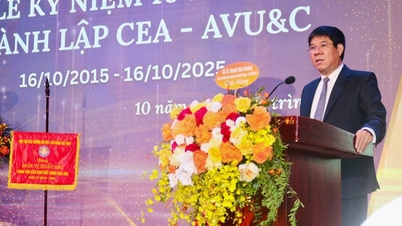



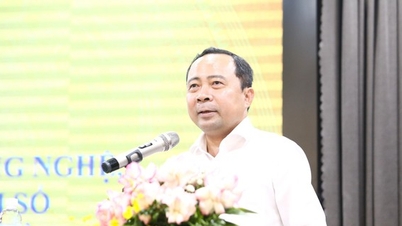



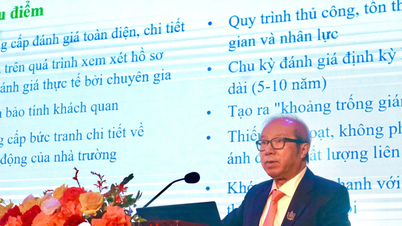



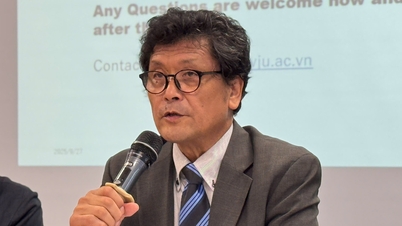


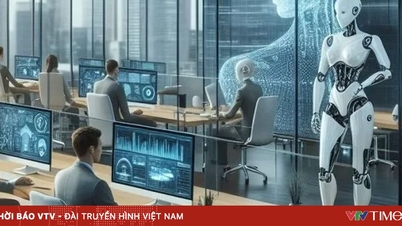

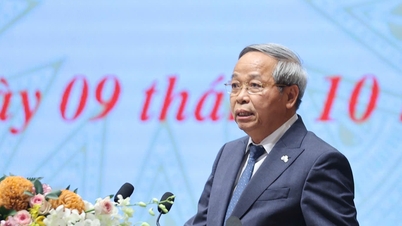


















![[Video] TripAdvisor honors many famous attractions of Ninh Binh](https://vphoto.vietnam.vn/thumb/402x226/vietnam/resource/IMAGE/2025/10/16/1760574721908_vinh-danh-ninh-binh-7368-jpg.webp)









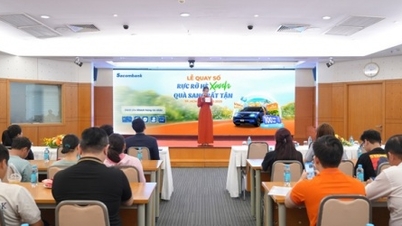







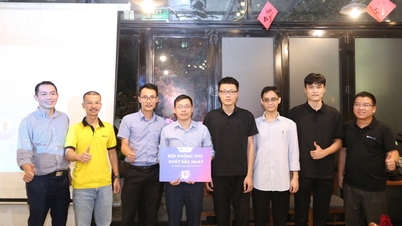








![[Photo] Nhan Dan Newspaper launches “Fatherland in the Heart: The Concert Film”](https://vphoto.vietnam.vn/thumb/402x226/vietnam/resource/IMAGE/2025/10/16/1760622132545_thiet-ke-chua-co-ten-36-png.webp)








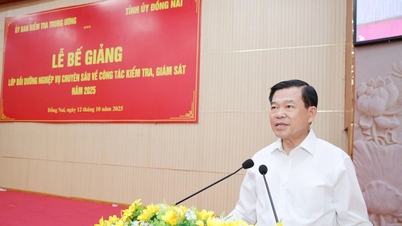


























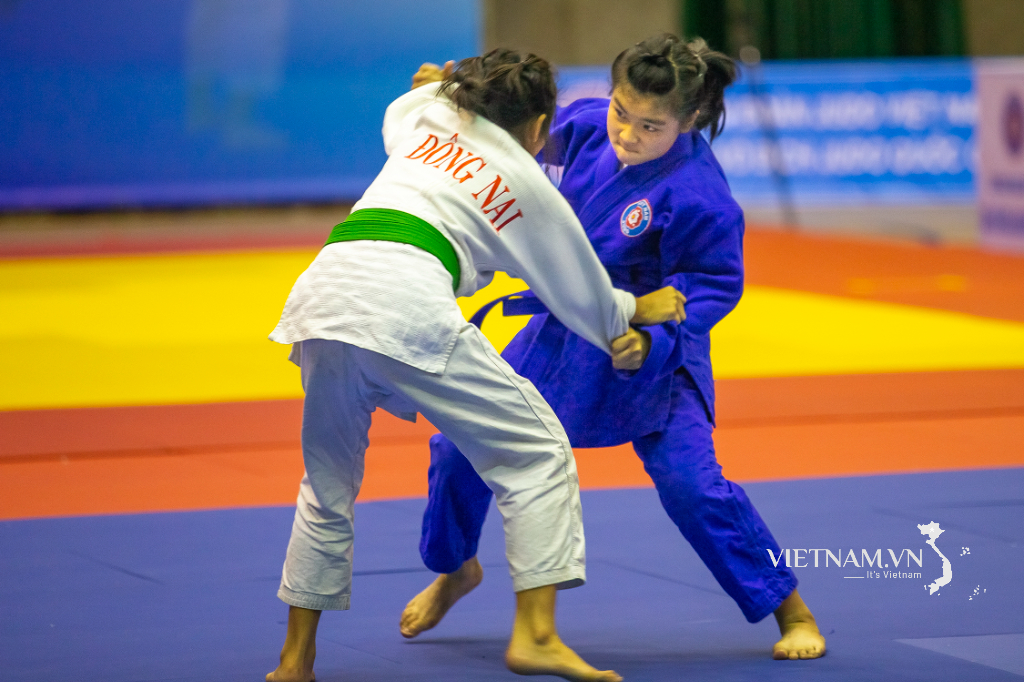


Comment (0)